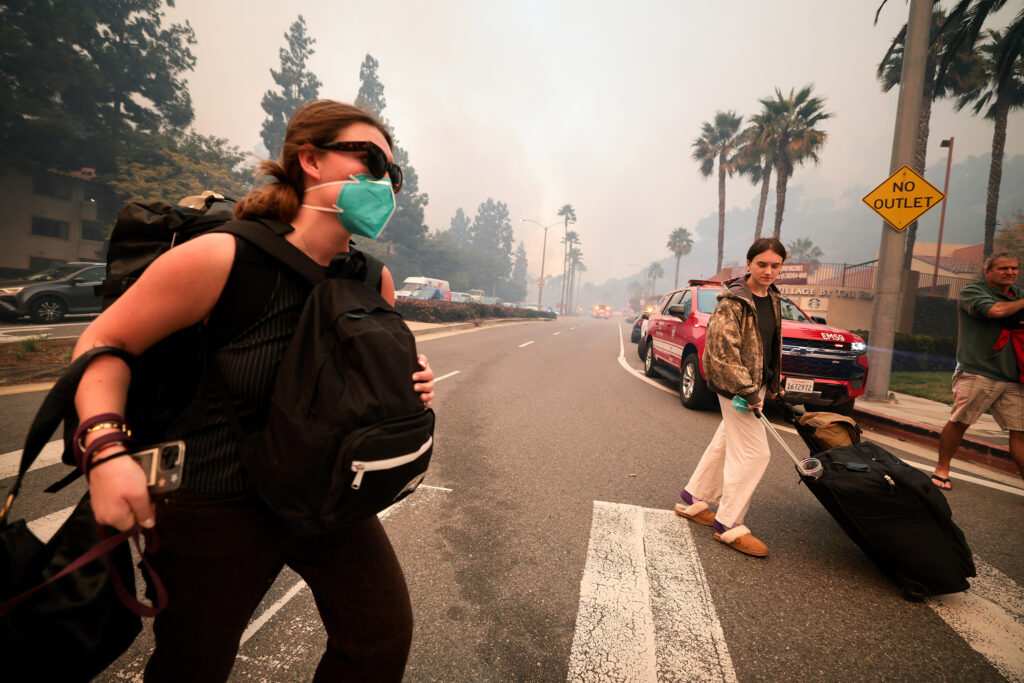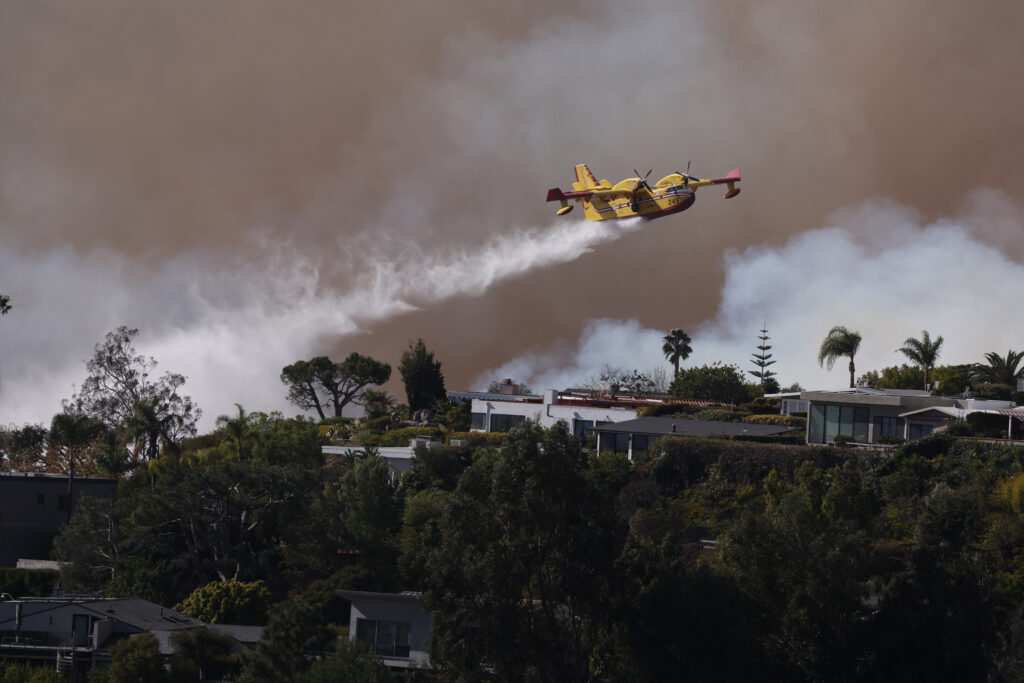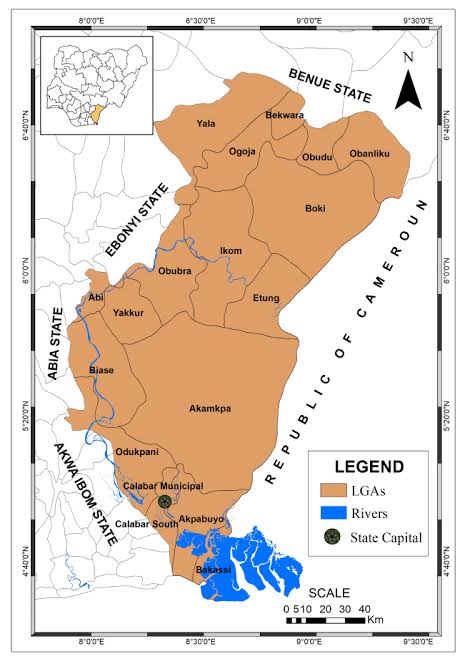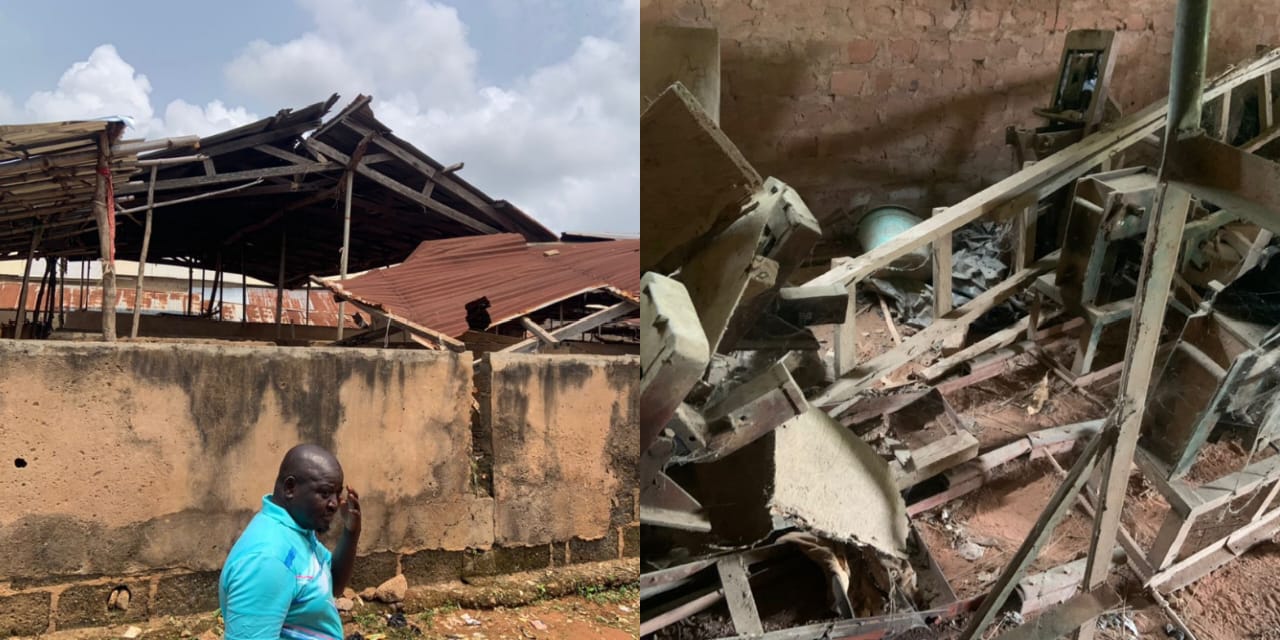A wildfire raged out of control on Tuesday in Pacific Palisades, leading to the destruction of homes and compelling residents to leave their vehicles behind and evacuate amidst a potentially “life-threatening and destructive” windstorm.
By the afternoon, extensive areas of the Palisades, Topanga, and Malibu were under an evacuation order as residents battled through traffic jams and heavy smoke while trying to escape the encroaching flames. The Pacific Palisades fire ignited around 10:30 a.m. near Piedra Morada Drive, intensified by strong wind gusts that officials had warned could turn any spark into a rapidly spreading and unpredictable wildfire.
As of 3:30 p.m., the fire had scorched over 1,200 acres while moving southwest. Fires also broke out around the Getty Villa and the grounds of Palisades Charter High School.

“It’s bad. It’s like an inferno,” stated Lori Libonati, a Pacific Palisades resident who witnessed the fire’s start before evacuating.
By 3:30 p.m., approximately 10,000 residents were evacuated from around 30,000 homes, with no injuries reported, according to Los Angeles Police Chief Jim McDonnell during an afternoon press briefing. Firefighters responded to more than seven calls regarding residents trapped in buildings throughout the day.
Gov. Gavin Newsom met with first responders in Pacific Palisades and labeled the fire a “hell of a way to start a new year,” urging residents to adhere to evacuation orders. On Tuesday afternoon, he declared a state of emergency and confirmed that California had obtained a Fire Management Assistance Grant for federal reimbursement concerning firefighting costs.
The fire’s cause remains under investigation. Enormous smoke plumes filled the sky surrounding the blaze as families evacuated close to hillsides glowing with orange flames. According to the California Department of Forestry and Fire Protection, the fire rapidly crossed Palisades Drive, leading many in the evacuation process to face a precarious and chaotic situation. Some abandoned their congested cars to run toward the beach, while others were forced to return home and shelter in place, as reported by residents to The Times.

Ellen Delosh-Bacher attempted to rush home from downtown Los Angeles after hearing about the fire to retrieve her 95-year-old mother, the caregiver, and their two dogs but quickly encountered gridlock at Sunset Boulevard and Palisades Drive.
Suddenly, the fire erupted along the roadway, and police began instructing individuals to abandon their vehicles: “Run for your lives!” Delosh-Bacher recalled. She left her keys in the ignition and ran half a mile to the beach, with firefighters relaying messages over the radio about as many as 100 abandoned cars blocking the road.
“This is like an apocalypse,” Delosh-Bacher commented. “I live on a ridge. I’m going to be pretty screwed if the fire climbs (up there).”
Her mother remained at home, but she heard firefighters telling her neighbors to shelter in place instead of evacuating.
“I don’t know; I’m so scared,” she expressed.
Capt. Erik Scott, spokesperson for the Los Angeles Fire Department, indicated that some homes had burned during the fire, although an accurate estimate was not immediately available.
The area is currently under severe red flag warnings as dry, unpredictable, and intense offshore winds prevail. The National Weather Service noted that strong north winds were anticipated around the fire at least until Wednesday, with peak speeds ranging from 35 to 60 mph between 10 p.m. Tuesday and 5 a.m. Wednesday.
“It truly seems that the worst of this will occur late Tuesday night into the early Wednesday morning hours,” remarked UCLA climate scientist Daniel Swain. “This event will be extensive, contrasting with a typical Santa Ana wind occurrence where winds are confined to mountainous regions while urban areas remain calm — this prediction is considerably severe.”
In various locations within Los Angeles and Ventura counties, gusts could reach up to 100 mph as the dangerous windstorm continues. Wind speeds had already reached 60 to 70 mph by Tuesday in parts of the eastern Santa Monica Mountains near the fire, according to the National Weather Service.
“It looks grim,” said Magnolia Shin around noon on Tuesday after evacuating her home on Piedra Morada Drive. Shin felt the heat from the flames, which were within 50 yards of her property. She had no time to salvage any possessions from her home before fleeing.
“I couldn’t even grab my rabbit,” she shared. “I just left. I took my purse and drove away.”
The affluent Palisades community serves as a secluded refuge for the wealthy and influential, including numerous celebrities. However, this isolation introduces risks in emergency scenarios.
George Hutchinson was on his apartment rooftop at Sunset Boulevard and Temescal Canyon Road, observing the fire after hurriedly returning from his hair salon.
Though his car was packed and ready as he lived in the evacuation zone, the bumper-to-bumper traffic led him to decide to wait it out.
“It appears terrible,” he stated. “You can witness homes burning. The flames jump, and the situation is chaotic. Traffic is gridlocked — there are three routes in and out of this town, and they’re all congested. It’s complete chaos.”
The current honorary mayor of Pacific Palisades, Eugene Levy, evacuated early on Tuesday along with fellow residents.
“The smoke appeared quite black and intense over Temescal Canyon,” Levy informed The Times while caught in traffic. “I couldn’t see flames, but the smoke was remarkably dark.”
Residents fleeing via Sunset Boulevard congregated along the Pacific Coast Highway, with many contacting family members still trapped in traffic; some wept as they finally reunited.
Students and teachers from Calvary Christian School gathered in the Sunset Beach parking lot, waiting to connect students with their families. However, smoke quickly drifted toward the shore, and by noon, ash had begun to fall along the coastline.
“I thought it would be safer at the beach, but now I’m unsure,” said Daryl Goldsmith. “The wind is fierce, and I sincerely hope things don’t get burned down. … The poor firefighters couldn’t reach that area.”
Goldsmith was at her Palisades residence with friends when she noticed the fire. It rapidly escalated, she recounted.
As she hurried to evacuate, her husband remained behind to assist a disabled neighbor in escaping. Firefighters started directing traffic, but Goldsmith opted to leave her car in the grass and walk to the shore.
While waiting at Sunset Beach, her husband was still stuck further up the hill.
In a dry environment, the significant wind event creates especially hazardous fire weather — akin to conditions seen during the November Mountain fire in Ventura County and Malibu’s Franklin fire in December.
Officials clarified that this was not a standard Santa Ana wind event despite its provision of dry, offshore winds to the region. The extensive wind event is expected to cause disruptions from Santa Barbara County down to San Diego County starting Tuesday and continuing through at least Friday.
Red flag warnings persist throughout the area, indicating an “increased risk for large fires with extremely rapid spread, extreme fire behavior, and long-range spotting.” Certain regions are under the highest alert concerning a particularly dangerous scenario.
Forecasters warn that the storm may induce a wind phenomenon capable of creating brief yet highly destructive winds, especially across the San Gabriel foothills and valleys. This “mountain wave wind” effect occurs when gusts swiftly descend mountain slopes and intensify upon reaching flat areas, leading to “short bursts of very strong, perilous winds,” stated Rich Thompson, a meteorologist with the National Weather Service.
He noted that this could represent the most intense wind event since the 2011 storm that caused significant damage in Pasadena, Altadena, and other neighborhoods within the San Gabriel Valley, leaving more than 400,000 people without power for days.
Expected to peak late Tuesday, the mountain wave winds, potentially reaching 80 to 100 mph, will be strongest along the 118 and 210 highway corridors, as well as the San Gabriel and San Fernando foothills, Simi Valley, and eastern Ventura County valleys.
Winds are anticipated to peak on Tuesday but may persist through at least Friday.
Electricity providers implemented power shutoffs on Tuesday morning to mitigate further fire starts. By early Tuesday afternoon, about 5,000 customers in Los Angeles and Ventura counties were without power, according to Southern California Edison.
The utility warned that an additional 400,000 customers spanning Los Angeles, Ventura, Riverside, and San Bernardino counties could experience shutoffs on Tuesday and Wednesday “due to the heightened wildfire risk.” San Diego Gas & Electric is considering cutting power to over 60,000 customers, although no shutoffs were initiated by Tuesday afternoon.
The intense winds also led President Biden to cancel plans to travel from Los Angeles to the Coachella Valley to sign a proclamation establishing the Chuckwalla National Monument, covering over 624,000 acres southeast of Joshua Tree National Park.
This proclamation, along with another creating a national monument in Northern California, is now expected to be signed at the White House next week.









